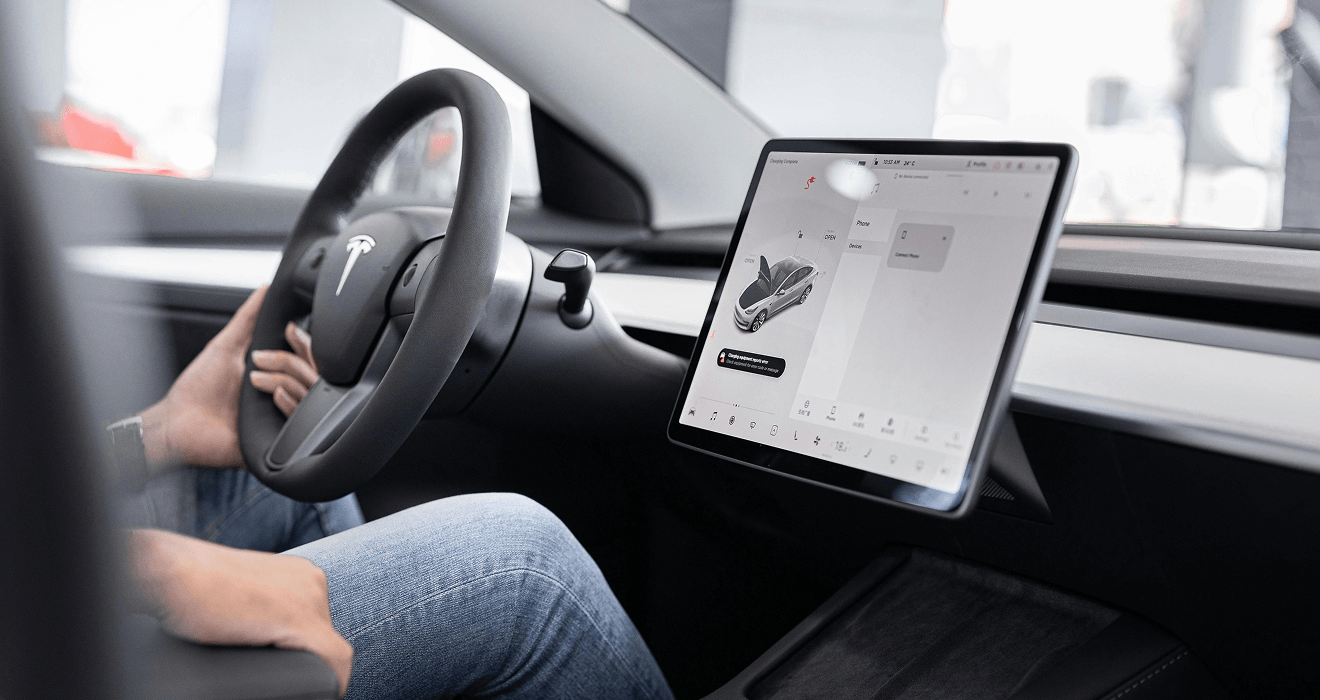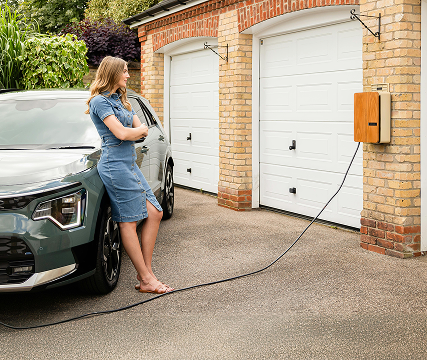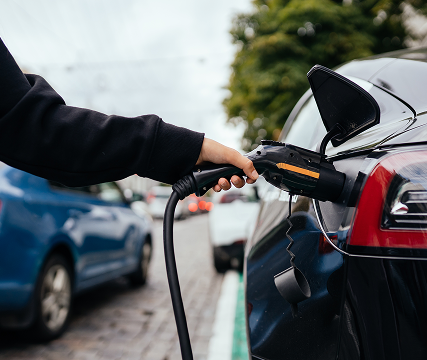Why Charging with Renewable Energy Matters

Electric vehicles (EVs) are becoming more mainstream than ever. But with rising popularity also comes a lot of misinformation. Whether you're considering buying an EV or just curious about the shift toward electric mobility, it’s time to clear the air. In this post, we debunk five of the most common EV myths — with facts that might surprise you.
Myth 1: “EVs don’t have enough range for daily driving”
Today’s EVs offer far more range than most drivers need on a typical day. In fact, most modern electric vehicles can comfortably travel between 250 to 500 kilometers (roughly 155 to 310 miles) on a single charge. Premium models like the Tesla Model S, Lucid Air, and Rivian R1T can go even farther.What’s more, the average daily driving distance for people in North America is under 50 kilometers. That means most drivers can go multiple days on a single charge—especially if they have access to home or workplace charging.
Myth 2: “EVs are slow and not fun to drive”
EVs are known for delivering instant torque, silent acceleration, and buttery-smooth driving. Many EVs outperform gas-powered sports cars when it comes to acceleration and responsiveness. In fact, some of the fastest production cars in the world today are fully electric.
From entry-level hatchbacks to premium SUVs and performance sedans, EVs are built for a driving experience that’s both exciting and efficient.
Fact: Major charging networks like Tesla Supercharger, Electrify America, Ionity, and ChargePoint are expanding at record pace—often partnering with retail chains, hotels, restaurants, and property developers to bring high-speed chargers closer to where people live, work, and travel. This growth is making EV charging more convenient, visible, and accessible than ever before.
Myth 3: “There aren’t enough charging stations”
The EV charging network has grown dramatically over the past few years. In North America alone, there are now over 50,000 DC fast chargers—and hundreds of thousands of Level 2 stations. Europe and Asia have also seen rapid expansion, with integrated route planners, apps, and navigation tools helping drivers find the nearest available charger in seconds.
Plus, many EV owners charge at home 80–90% of the time, meaning public charging is used primarily for longer journeys. Fast chargers now offer up to 300 kW speeds, adding 150–250 km of range in under 20 minutes—perfect for a quick rest stop.
Myth 4: “EVs are too expensive to afford”
While it’s true that some premium EVs come with a higher sticker price, the total cost of ownership over time often favors EVs. Why? Because electricity is cheaper than gas, maintenance is significantly lower (no oil changes, fewer moving parts), and many countries offer generous incentives, rebates, or tax credits. Add in the growing number of affordable EV models entering the market—and the falling cost of batteries—and EVs are now accessible to far more people than ever before.
Myth 4: “EVs are too expensive to afford”
While it’s true that some premium EVs come with a higher sticker price, the total cost of ownership over time often favors EVs. Why? Because electricity is cheaper than gas, maintenance is significantly lower (no oil changes, fewer moving parts), and many countries offer generous incentives, rebates, or tax credits. Add in the growing number of affordable EV models entering the market—and the falling cost of batteries—and EVs are now accessible to far more people than ever before.
Myth 5: “EVs aren’t actually better for the environment”
Yes, battery production has an environmental impact. But over their full lifecycle, EVs still have a significantly lower carbon footprint compared to gasoline vehicles. Once on the road, EVs emit zero tailpipe emissions, and when powered by renewable energy, their environmental benefits are even greater.
Most lifecycle analyses confirm that EVs produce up to 70% fewer greenhouse gas emissions than internal combustion engine (ICE) vehicles—even when accounting for battery manufacturing.
Better still, EV battery recycling and second-life programs are growing rapidly, creating circular supply chains and reducing raw material demand.
Final Thoughts: Don’t Let Old Myths Hold You Back
Electric vehicles have come a long way—and fast. With stronger performance, lower ownership costs, better environmental outcomes, and a rapidly expanding charging network, EVs are no longer just the future—they’re the present.
Whether you’re a driver, fleet operator, or business owner considering hosting a charger, it’s time to think beyond the myths and embrace the shift toward smarter, cleaner, and more reliable mobility.
Block Quote





